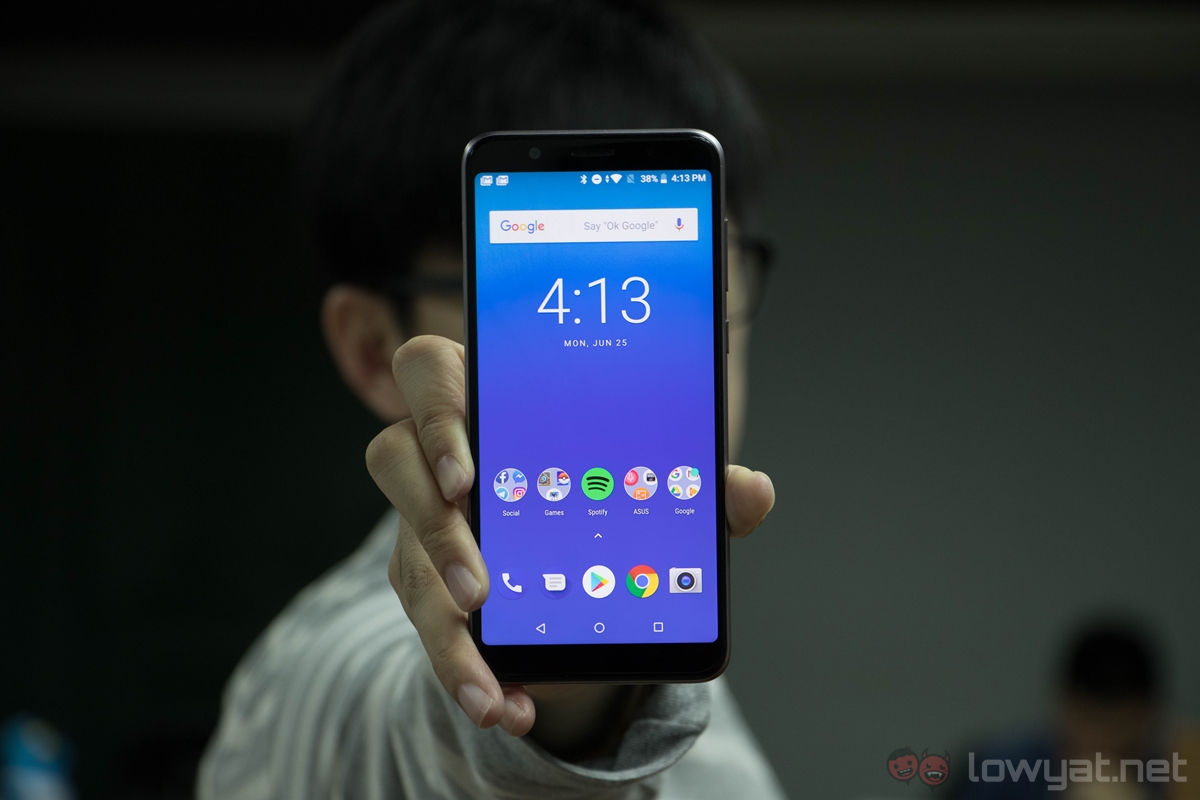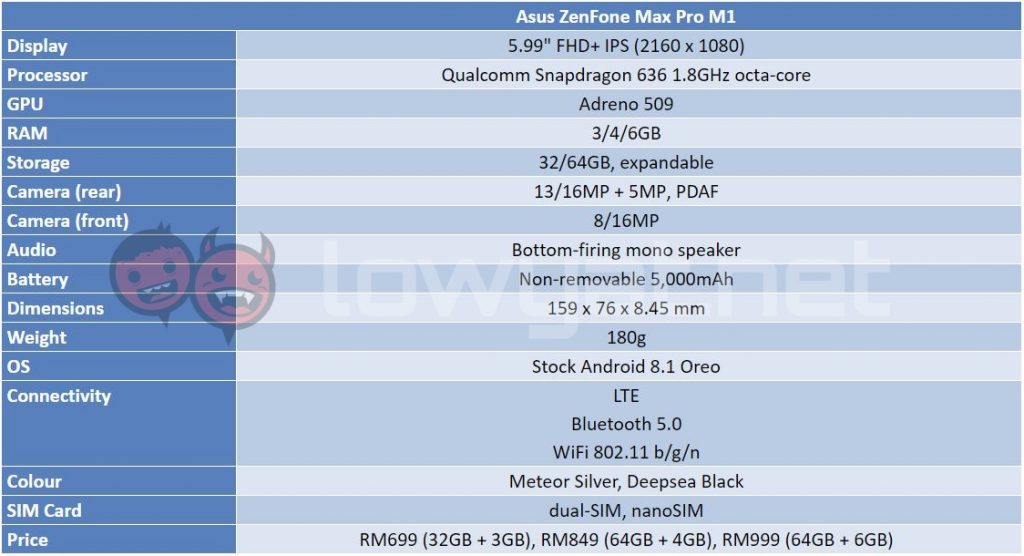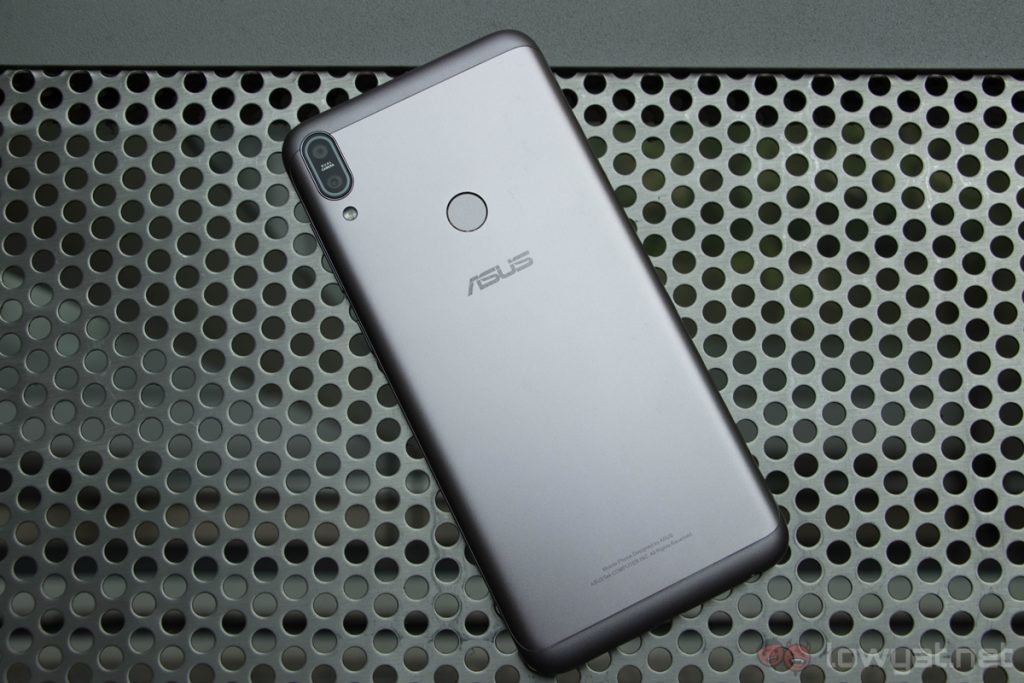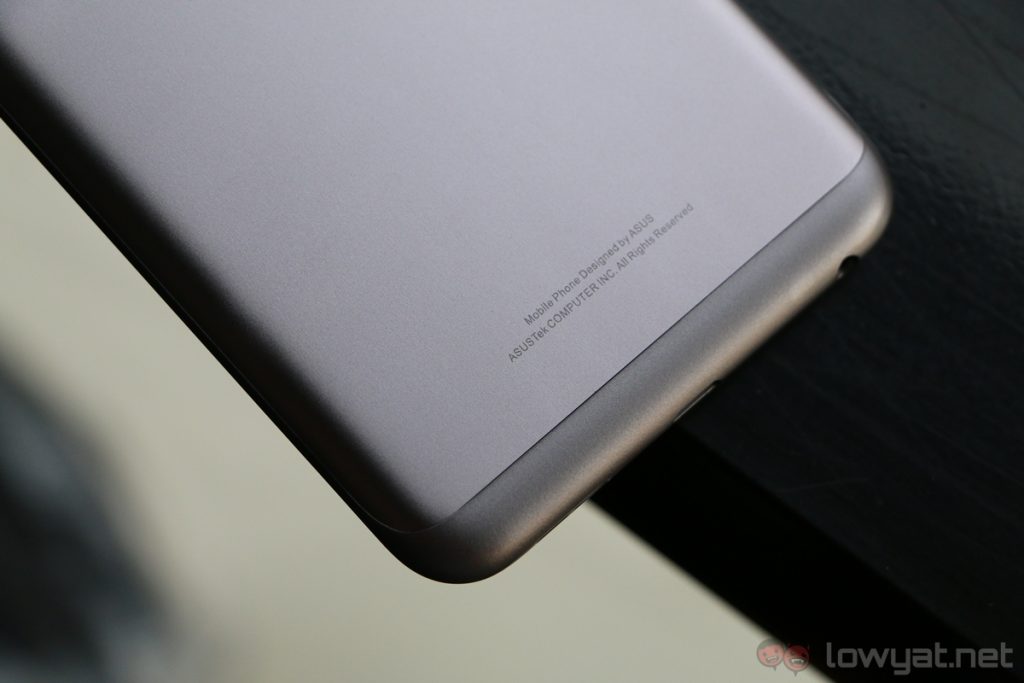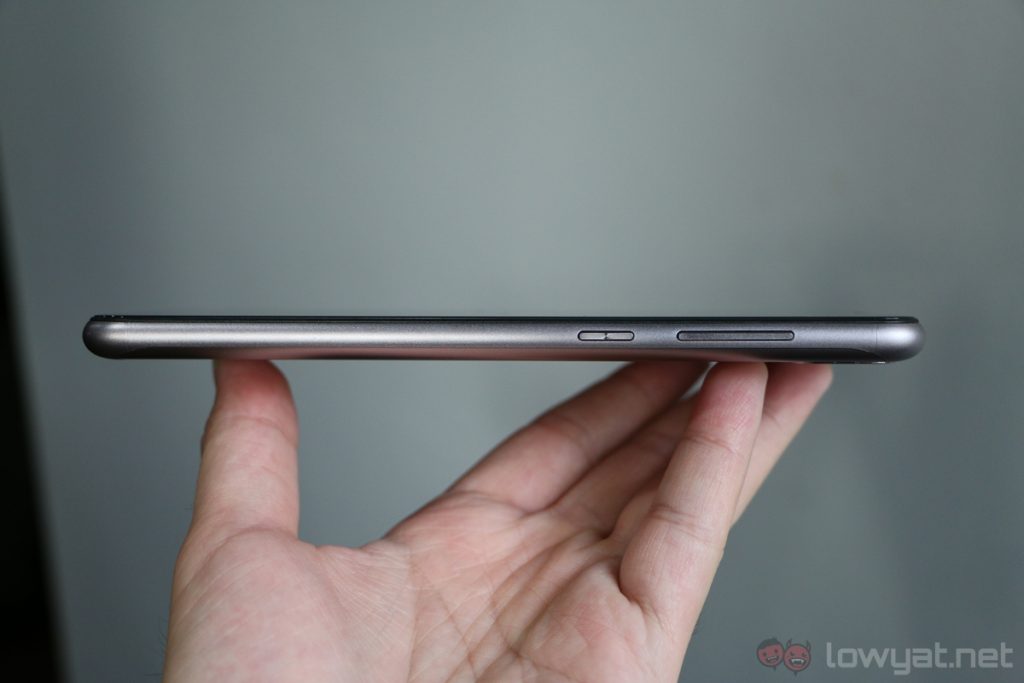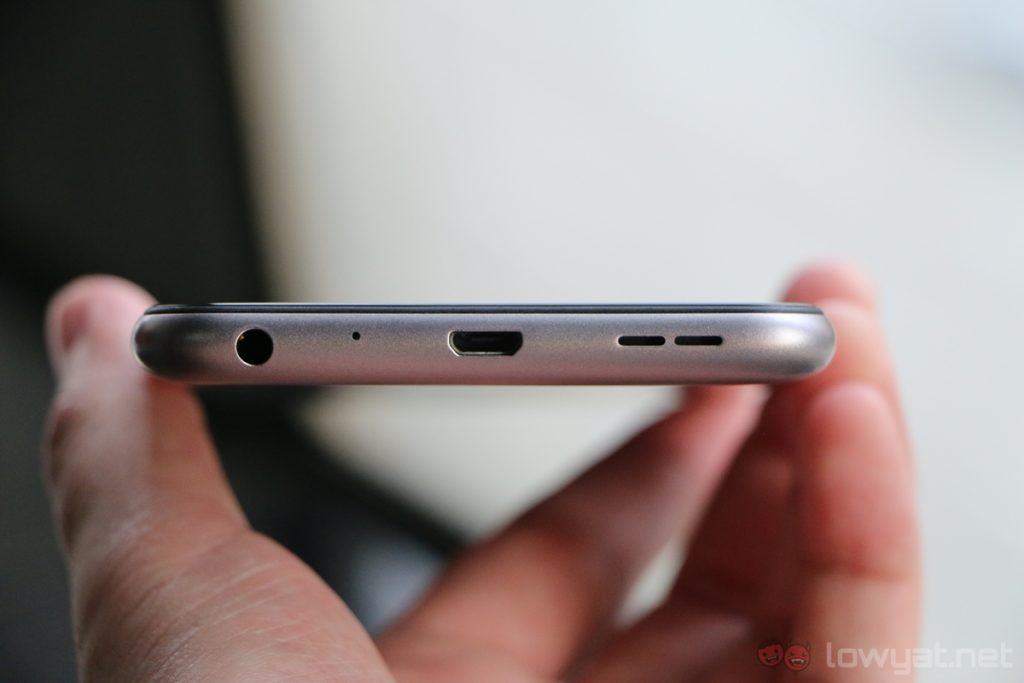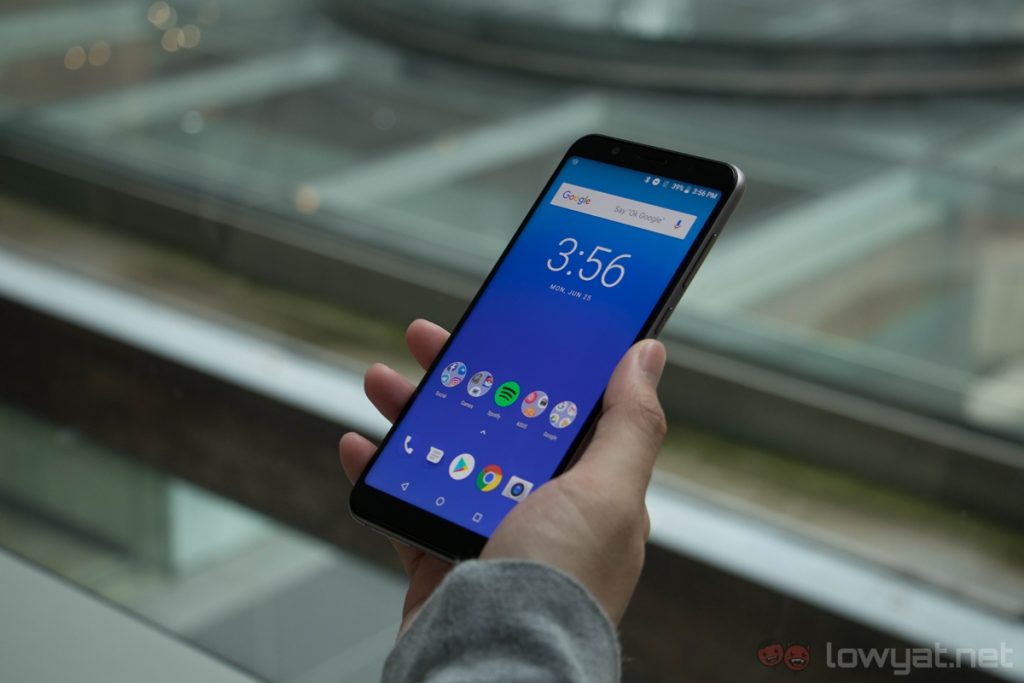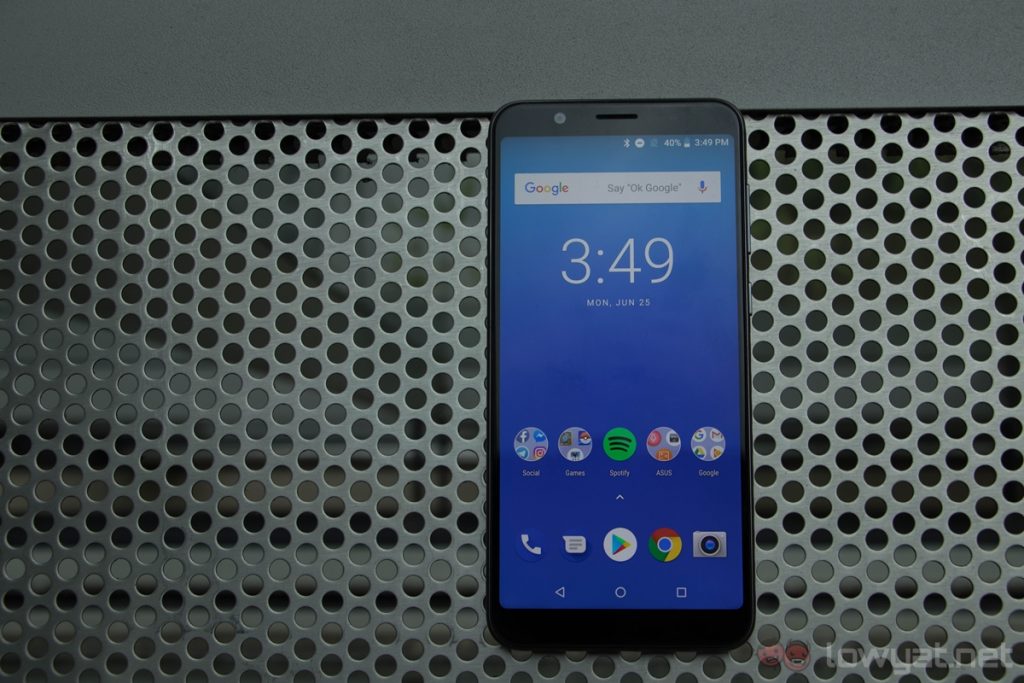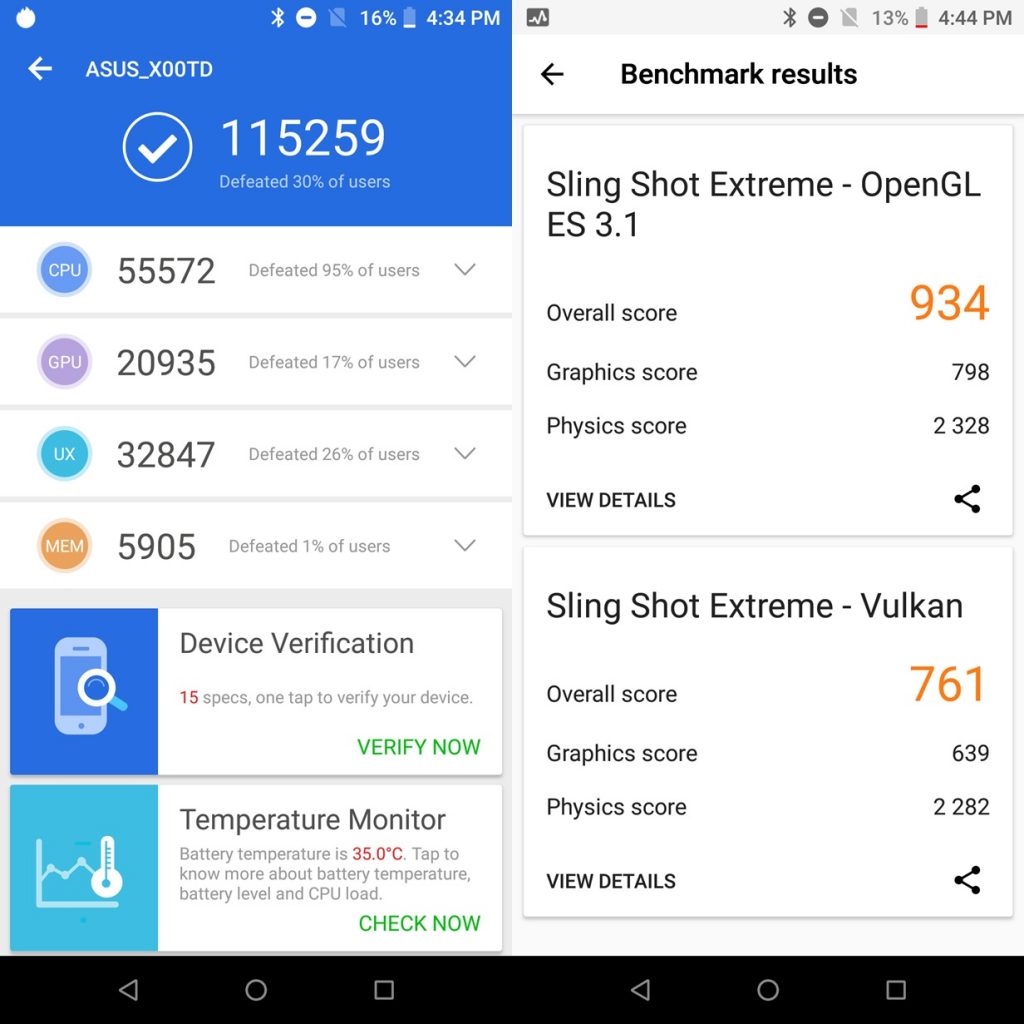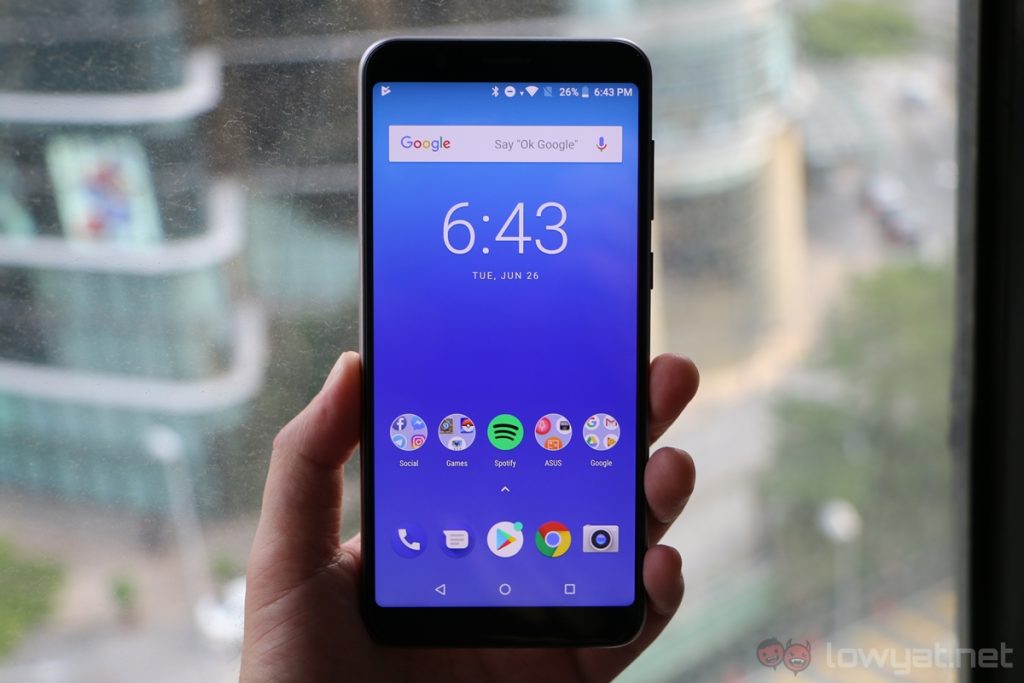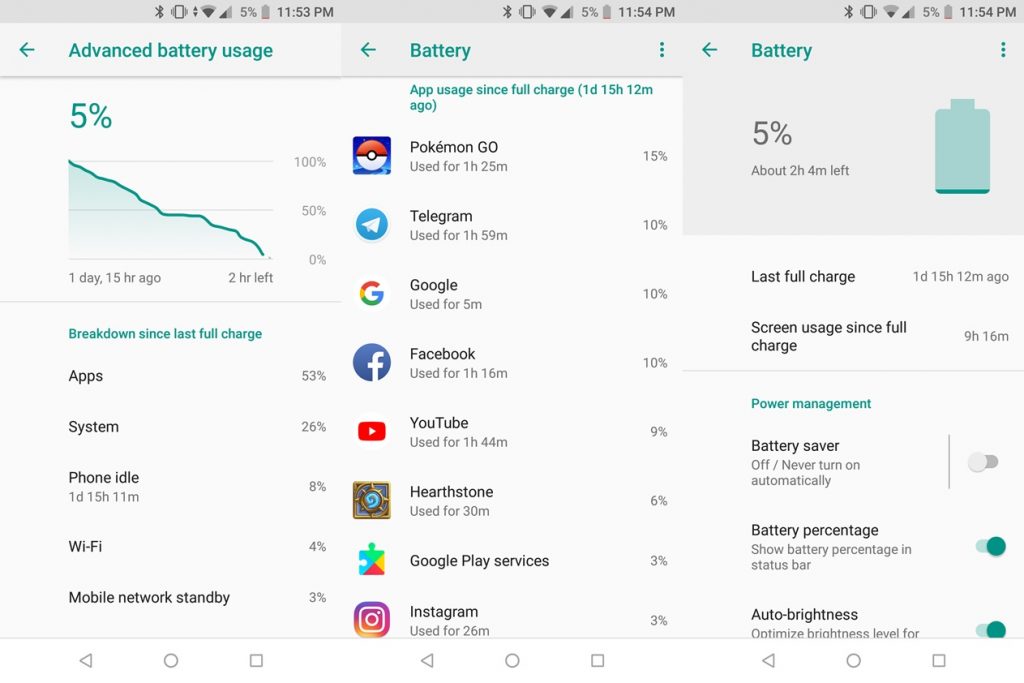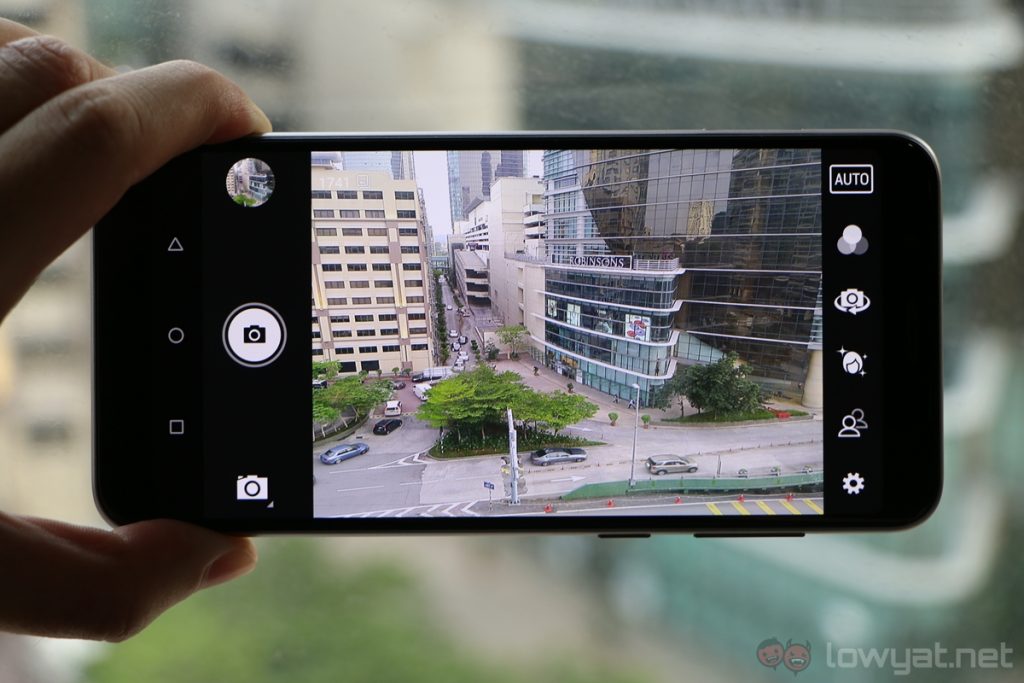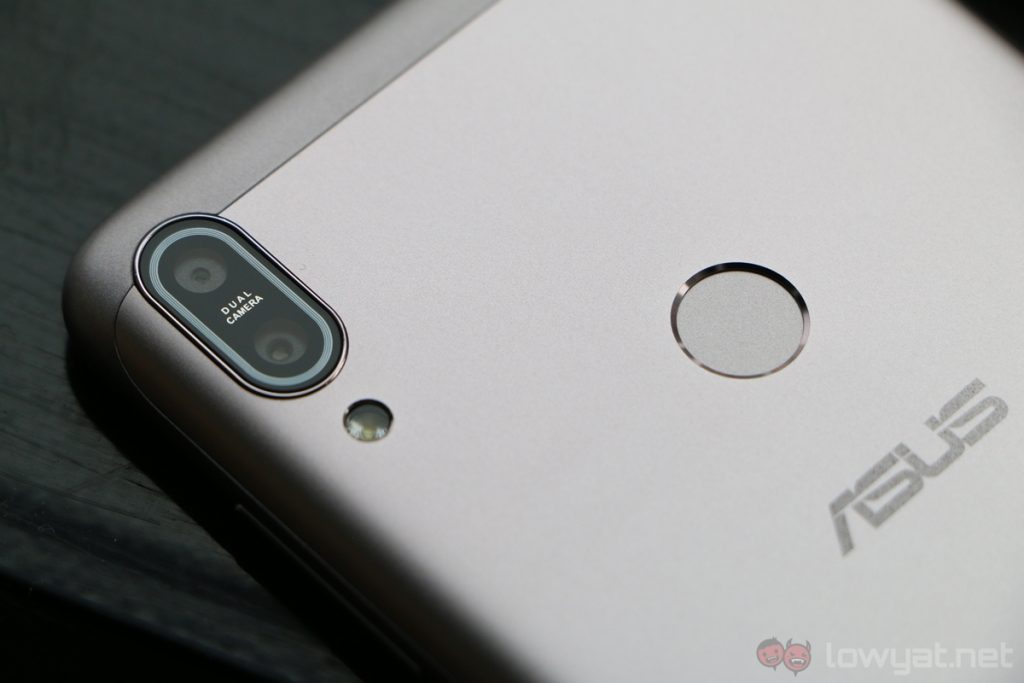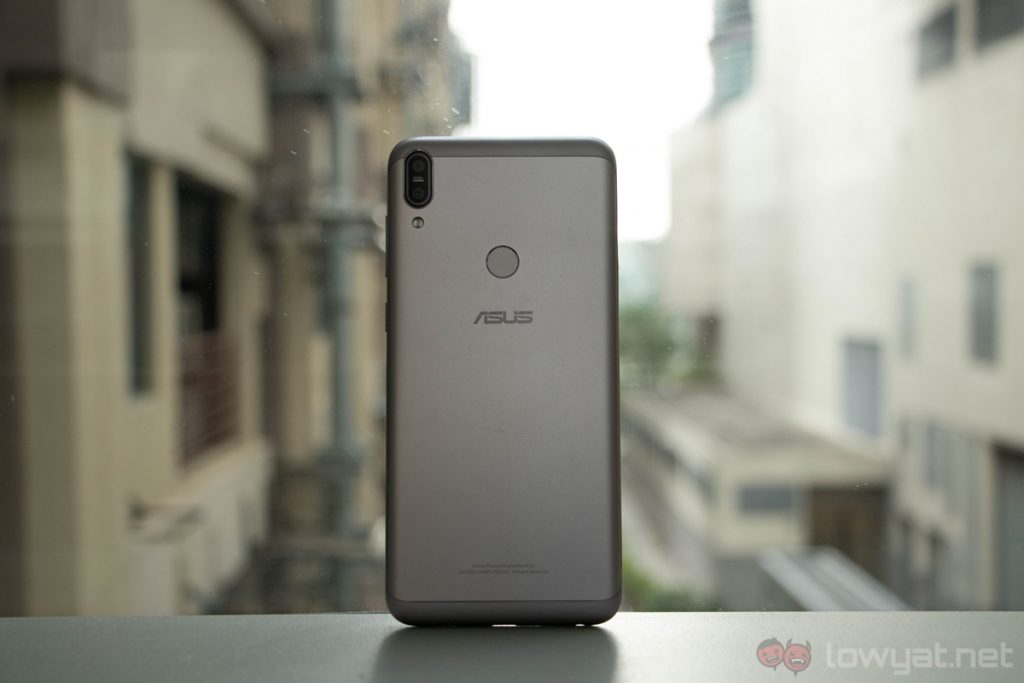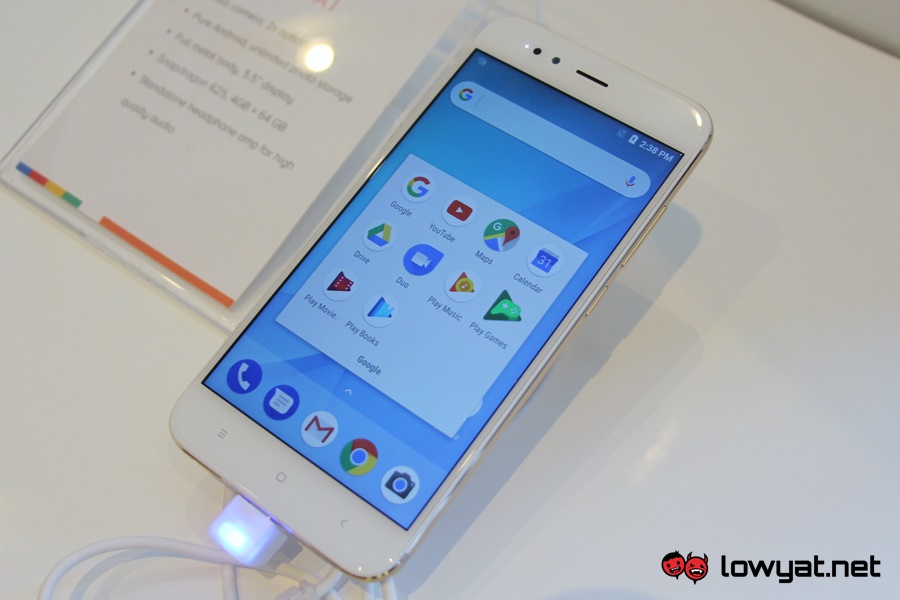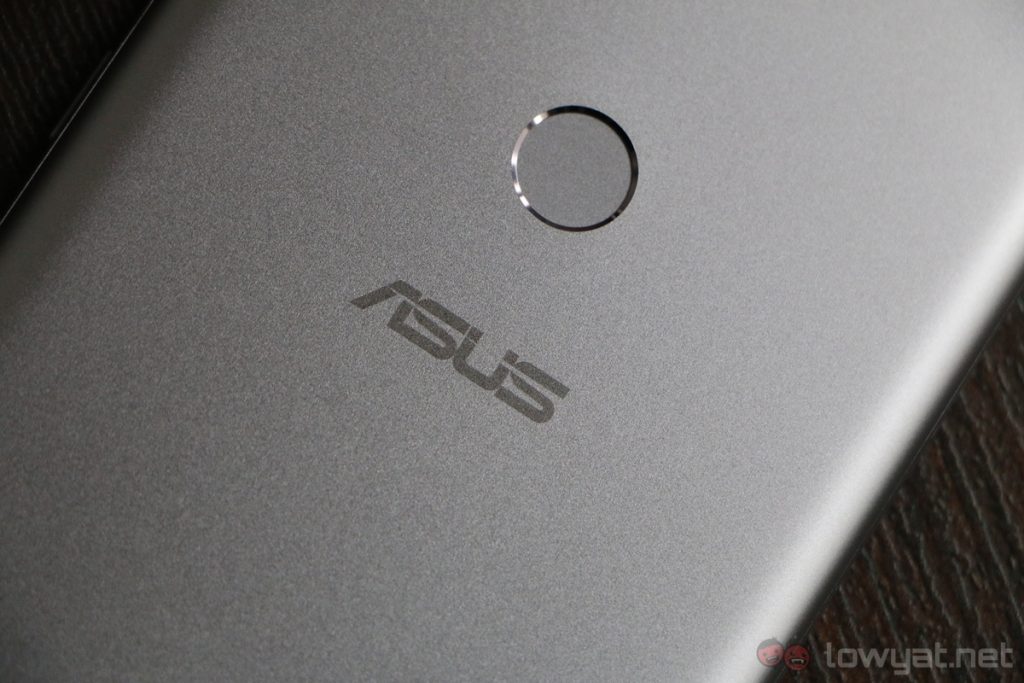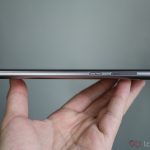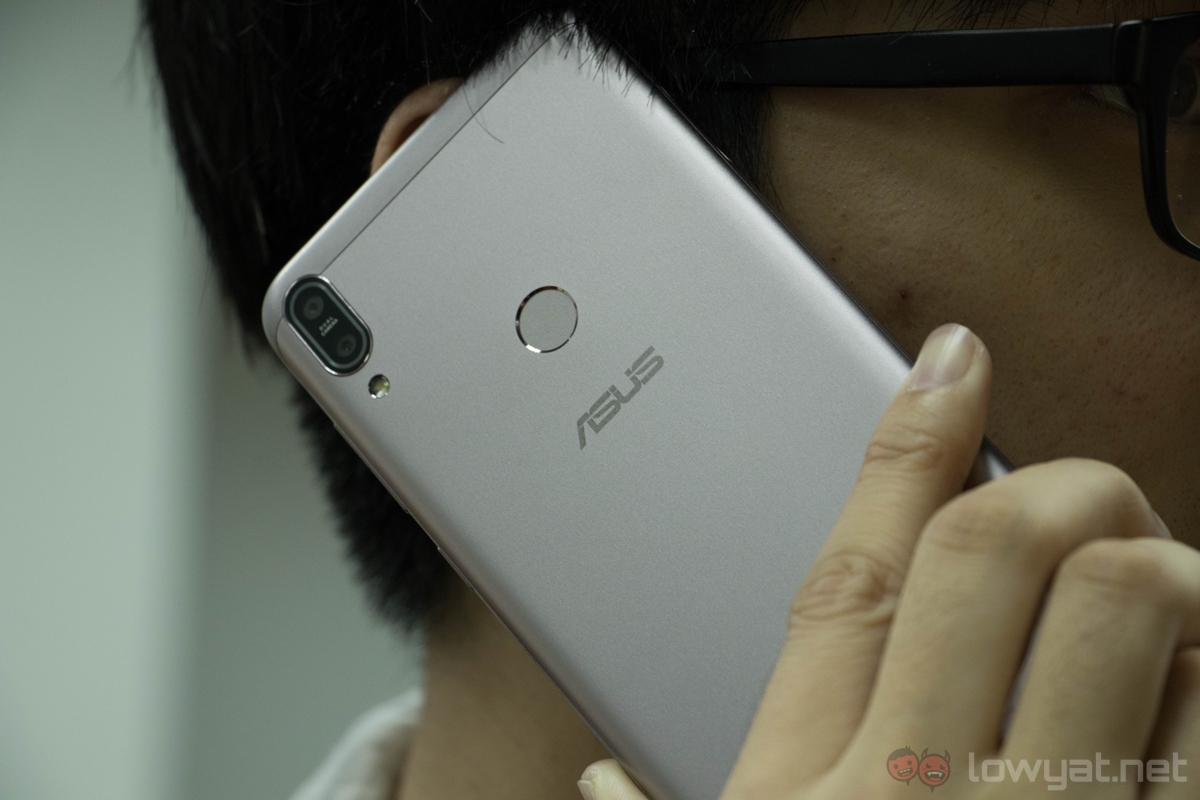Asus hasn’t exactly released any truly outstanding device in recent times, but the Taiwanese company plans to change that with this smartphone: the Asus ZenFone Max Pro M1. Featuring a very large 5,000mAh battery and stock Android, the ZenFone Max Pro is certainly one of the most interesting budget-oriented phone in the market now.
However, certain aspects of the phone were sacrificed to drive down its price tag. So we’re left with this question: is the ZenFone Max Pro still a phone worth considering? Absolutely.
Specifications
As its name suggests, one of the main appeals of the ZenFone Max Pro is its long battery life. The phone’s 5,000mAh battery is very large for a phone this size, and its Qualcomm Snapdragon 636 chipset keeps everything fast and smooth too. It also has a reasonably good 5.99-inch Full HD+ IPS display.
Of course, there’s also the fact that the Max Pro runs on a stock version of Android. For the most part, the phone has a pleasant software experience, but not without any glaring issues.
Design
Considering the ZenFone Max Pro’s mid-range positioning, design isn’t its most interesting aspect – it’s more focused on functionality than anything else. It doesn’t look particularly sleek or unattractive, and despite packing a huge 5,000mAh battery, the phone isn’t all that heavy at 180g.
Despite its 5,000mAh battery, the ZenFone Max Pro isn’t very heavy at 180g.
In fact, that’s about the same weight as of one of its main competition, the Xiaomi Redmi Note 5, which tips the scales at 181g. It’s also worth noting that Xiaomi’s offering has a smaller 4,000mAh battery.
In terms of ergonomics, the ZenFone Max Pro is a comfortable phone to use for long periods of time. There are no sharp corners to be found, and the phone’s metal back is nice to the touch. However, it doesn’t feel quite as premium as, say, the Redmi Note 5.
Doesn’t feel as premium as the Redmi Note 5.
Unlike the Redmi Note 5, the ZenFone Max Pro doesn’t have a metal chassis. Instead, it has a plastic frame surrounding the metal back. This, in turn, makes the phone feel more plasticky than the Redmi Note 5. The frame also creaks quite a bit when applied pressure.
Build quality aside, the Max Pro’s rear fingerprint sensor is relatively fast. While it takes longer than usual to wake the phone from sleep with the sensor – Asus told us an update will solve this – it’s definitely a good sensor. Unfortunately, I can’t use the sensor to pull down the notification shade.
Design is not the ZenFone Max Pro’s forte, but that’s not exactly a bad thing. After all, a phone’s user experience is arguably much more important, and…it’s pretty good for the most part.
User Experience
Let’s start with one of the ZenFone Max Pro’s appeals: its stock version of Android. If you’re familiar with stock Android, you’ll feel right at home with this phone. There are almost no bloatware, it is fast and responsive, and there are no redundant apps or features to be found here. Basically, it’s very functional.
Stock Android or not, there are still a couple of software issues.
However, just because the Max Pro runs on stock Android doesn’t mean there are no problems. For one, I had an issue with the phone’s auto-brightness setting. If I switch it on, I occasionally have trouble adjusting the intensity of the display’s brightness – most phones still allow you to adjust how bright or dim the display is even with auto-brightness switched on.
Aside from that, there are also a couple of other niggling issues. For some reason, Hearthstone would run in tablet mode, and the camera would sometimes crash when I launch it with a double click of the power button. Don’t get me wrong, these are by no means huge issues, but they do show that the software experience could’ve been more polished.
Great performance for a mid-range smartphone.
Beyond software, the ZenFone Max Pro’s performance level is pretty good for a mid-range smartphone. It can run PUBG Mobile very well, and in day-to-day usage, it doesn’t skip a beat. This is to be expected of the phone’s Snapdragon 636 chipset – it’s really quite a capable SoC.
Sporting a 5.99-inch Full HD+ IPS display, the ZenFone Max Pro definitely has an above average screen; for its asking price, at least. The display is vibrant, it has good viewing angles, and it’s definitely sharp enough. Considering the fact that some phones in this price range don’t even have 1080p displays, the Max Pro does very well in this department.
Absolutely amazing battery life.
Next, we have the ZenFone Max Pro’s most impressive feature: battery life. Thanks to its larger than average 5,000mAh battery, this phone is absolutely amazing when it comes to battery life. Not only can I regularly get two days of usage out of the Max Pro, I can consistently get over nine hours of screen on time with it. That’s downright insane.
But a large battery does have its downside. The provided charger in the box only managed to charge up the phone to 25% within 30 minutes. Not a great charging rate.
Overall, while the ZenFone Max Pro’s stock version of Android is pleasant to use, it could still use some polish. But given its incredible battery life and good performance, this phone is an absolute joy to use. After all, how many phones can return two days of battery life?
Camera
So far, we’ve had pretty positive things to say about the ZenFone Max Pro, but this is where the phone’s affordable price tag really shows. Our review unit is the 32GB variant with a 13MP + 5MP dual-camera system, and the camera performance leaves much, much to be desired.
Not a great camera system.
In daytime, as expected, the phone can capture decent-looking shots. But in low light conditions, the camera performance takes a dive. The camera feels much more sluggish, there’s a noticeable delay in between shots, and more often than not, I’m left with noisy, blurry shots.
That is not to say the Max Pro cannot take good low light shots – it can deliver in the right hands – but it’s certainly much more difficult to capture good images with this phone. Take the Redmi Note 5: not only is it much more pleasant to photography with, it can take better pictures too. Judge for yourself with these sample shots.
 Top images are taken with the Redmi Note 5.
Top images are taken with the Redmi Note 5.
However, it’s worth noting that the ZenFone Max Pro is the more affordable device of the two, albeit only by a slight margin. If you value a good camera system, the Max Pro may not be the phone for you, but we imagine it will serve as a simple point and shoot camera in a pinch – just don’t expect good results every time you hit the shutter button.
Sample Images
Competition
Retailing at only RM699, the ZenFone Max Pro has plenty value for money. On top of that, you can get it for only RM599 during Lazada’s flash sale. At that price point, the Max Pro is one of the most affordable mid-range phones in the market now, and it has a number of very interesting competition.
Xiaomi Redmi Note 5

Without a doubt the Redmi Note 5 is the ZenFone Max Pro’s main competition. Both phones have similar displays, chipsets, as well as RAM and storage configurations. Of course, the ZenFone Max Pro’s 5,000mAh battery can provide better battery life out of the two phones, but the Redmi Note 5 is still very respectable in this regard with its 4,000mAh cell.
More importantly, the Redmi Note 5 has superior camera performance, not to mention better build quality and software refinement. Although it’s not quite as affordable as the ZenFone Max Pro, you can easily get it for as low as RM739 now; that’s not too far from the ZenFone’s RM699 normal price tag.
Xiaomi Mi A1
It’s no coincidence we’re comparing the ZenFone Max Pro to another Xiaomi smartphone; Xiaomi phones generally provide very good value for money, which is also one of the main appeals of the Max Pro. Currently going for only RM599 for the 32GB model with 4GB of RAM, that puts the Mi A1 on the same price point as Asus’ offering during Lazada’s flash sale.
For the same amount of money, the Mi A1 provides better software experience thanks to its status as an Android One device. It also has better build quality, camera system, and more RAM at 4GB. Then again, it doesn’t look quite as modern as the ZenFone Max Pro with its minimal bezels, and neither can the Mi A1 match the phone’s insane battery life.
Conclusion
The Asus ZenFone Max Pro M1 is definitely a commendable mid-range smartphone. It provides great value for money, it has incredible battery life, and while its software needs some polish, stock Android is still a desirable feature in a smartphone. The only thing the Max Pro cannot deliver is in the camera department.
Insane battery life and value for money make the ZenFone Max Pro a noteworthy mid-range smartphone.
But if a phone’s camera system isn’t one of your main priorities in a smartphone, the ZenFone Max Pro is one of the best mid-range phones you can get right now. That being said, I still prefer the Redmi Note 5 over the ZenFone Max Pro – the slightly higher price tag and smaller battery capacity are worth the trade for superior camera performance and build quality.
Photography by Andrew Cheng and Ming Hoo.
Follow us on Instagram, Facebook, Twitter or Telegram for more updates and breaking news.


